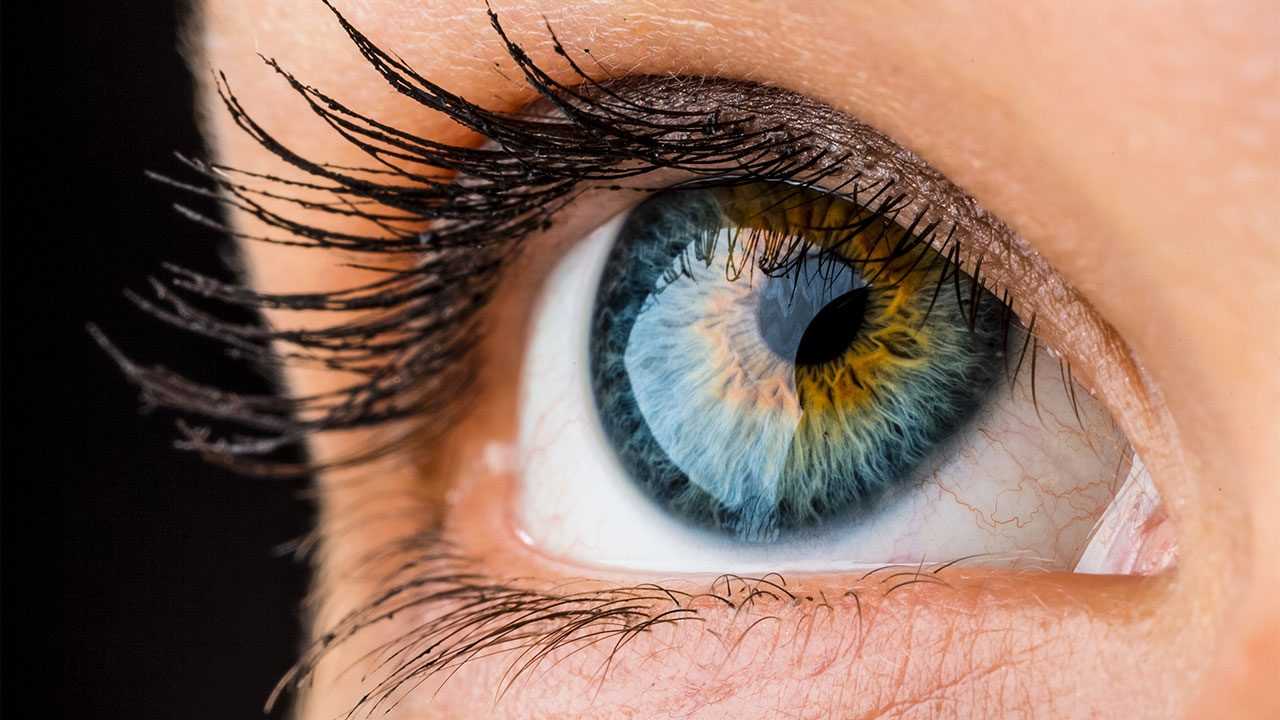By Siddhi Jain
New Delhi: With temperatures crossing 45 degrees Celsius in certain parts of India, the summer sun can harm the eyes leading to a host of infections and diseases, in addition to several other physical issues.
Eye problems caused by sun and heat are early cataract formation, pterygium (yellowish white tissue which grows on the conjunctiva and invades the cornea), pinguecula (small yellowish white patch of tissue in the conjunctiva) and degenerative changes in the retina.
According to Ramesh Pillai, Senior Corporate Optometrist, Eyewear Division, Titan Company Ltd., some of the eye infections which one needs to be wary of in the summer and the monsoon times are:
Conjunctivitis
Conjunctivitis is a term which most of us are familiar with. It is nothing but the inflammation of Conjunctiva (a thin transparent tissue which lines the white part of the eye ball). It can be in the acute or in the chronic form and are usually self-limited lasting a maximum of two weeks if untreated. Conjunctivitis often occurs in epidemic form and is called as ‘pink eye’ in laymen’s term. It is associated with redness and a moderate amount of mucus discharge, irritation and stickiness of the eye lids on waking with occasional swelling of the eye lids. This is primarily caused by bacterial infection in warm climates. Having said that, conjunctivitis can be caused by viral and fungal infections as well. Hence it is important you consult an eye doctor orophthalmologist before taking any medication. Since it is an epidemic form, one should isolate themselves if they have conjunctivitis and should avoid touching others and also avoid using objects like towels and personal products used by the affected person. To prevent the spread of the disease, the person who is infected and the family should be instructed to give special attention to their personal hygiene.
Allergic Conjunctivitis
Allergic Conjunctivitis is also known as seasonal or warm weather conjunctivitis. It is an uncommon allergic disease which usually affects both the eyes and usually begins in the pre puberty age and lasts for 5-10 years. It is more common in boys than in girls. The identity of the specific allergen or allergens can help in treating the disease but it always remains a mystery. In most of the cases, some of the manifestations shown is known to be related to grass pollen sensitivity. The disease is less common in temperate than in warm climates and is almost nonexistent in cold climates. It is almost more severe during the spring, summer and fall than in the winter. Symptoms associated with this form of conjunctivitis include extreme itching sensation, a ropy discharge and sensitivity to light. Cold compresses and ice packs are helpful and sleeping in cool, air conditioned rooms can keep the person reasonably comfortable. In case of severe symptoms, one needs to consult an eye doctor/ophthalmologist for proper treatment with medication. Recurrences are the rule, particularly in the spring and summer but after number of recurrences the conjunctivitis heals leaving no scars.
Stye
Stye is a common bacterial infection of the lid glands that is characterized by a localized red, swollen and acutely tender area on the eye lid. It is essentially an abscess, with accumulation of puss formation in the cted glands. Pain is the primary symptom and the intensity of the pain is in direct proportion to the amount of the lid swelling. Treatment of Stye is with warm compresses for 10-15 minutes, 3-4 times a day followed with a medication. If the swelling doesn’t get resolved within 48 hours, then you may have to consult an eye doctor for getting the right medication and treatment. Recurrent styes are also known to occur if the eyes have less amount of uncorrected refractive error. Hence it is advisable to get the power checked as well by an Optometrist or an Ophthalmologist.
Dry Eye Syndrome
Dry Eye Syndrome is the deficiency in any of the tear film components which may lead to loss of the tear film’s stability. This will cause rapid break-up of tear film, and appearance of dry spots on the ocular surface. Dryness of the eye may therefore result from any disease associated with deficiency of the tear film components which includes the aqueous, mucin and lipid layer. Symptoms of dry eyes can be scratchy or sandy (foreign body) sensation. Other common symptoms are itching, excessive mucous secretion, burning sensation, redness, pain and photosensitivity (inability to tolerate light). Treatment involves prescribing tear substitutes based on the deficiency of the tear film component which is established through certain investigative tests done in the eye clinics/hospitals.
While Dry Eye is more to do with the deficiency of the eye to produce enough tears or to do with the tear film’s instability, high temperatures during summer can only aggravate this condition by fast evaporation of the tear film. Hence using tight goggles and use of humidifier can bring in a huge sigh of relief for people
with moderate to severe dry eye problems.
The best way to prevent your eyes from getting any of these eye infections is by following these simple steps.
Maintain a good personal hygiene
Avoid touching the eyes very frequently
Build a good immunity by regular exercise and healthy eating
Hydrate yourself by drinking lots and lots of water and having fluids rich in nutrients – Have a minimum of two liters of water a day
Protect your eyes from the dust, dirt and the harmful UV rays by using a good pair of sunglasses.
The best way to keep your eyes protected from the harmful effects of the UV rays from the sun is by wearing a good pair of oversized polarized wraparound sunglasses which offers 100 percent UV protection and at the same time offers great comfort from the harmful glare of the sunlight.
Protecting your eyes from harmful blue rays by using blue filter lenses
A good night’s sleep gives your eyes a chance to rest, heal and replenish so that your eyes can stay healthy
Get your eyes examined periodically at least once in a year by a qualified Optometrist/Ophthalmologist so that any problem pertaining to vision or the eye health can be diagnosed at an early stage and can be treated immediately
(Siddhi Jain can be contacted at [email protected])
–IANS


















